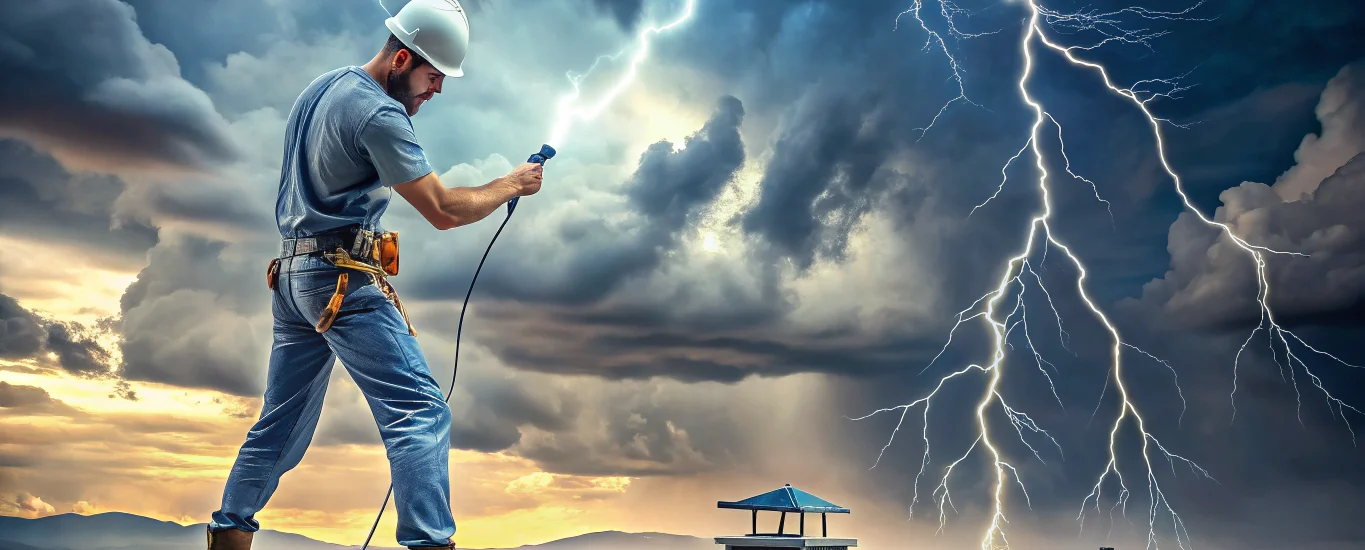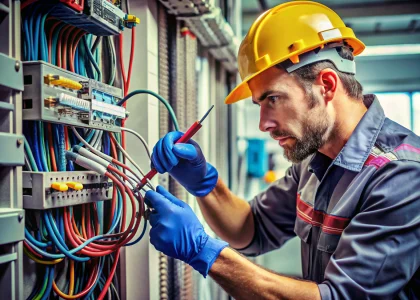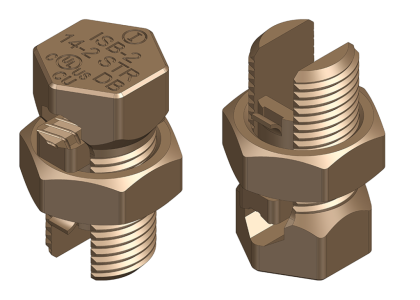In a world where nature’s fury can strike at any moment, protecting your home or business from the unpredictable power of lightning is more important than ever. Lightning protection isn’t just a precaution—it’s a necessity. This guide will illuminate the path to safeguarding your property, offering insights into the essentials of lightning protection installation and answering the questions you didn’t even know you had. For detailed standards, see the UL Lightning Protection Installation Guide.
The Art and Science of Lightning Protection
Imagine a conductor orchestrating a symphony of safety, guiding the electric energy of a lightning strike harmlessly into the earth. That’s the magic of a lightning protection system. Comprising air terminals, conductors, and grounding electrodes, these systems are your property’s best defense against the wrath of a storm. But remember, their effectiveness is only as good as their installation and maintenance.
The Building Blocks of Protection
- Air Terminals: Often referred to as lightning rods, these are strategically placed to catch the lightning before it catches you.
- Conductors: Think of these as the highways for electricity, connecting the air terminals to the grounding system. For a step-by-step conductor installation, refer to this installation guide.
- Grounding Electrodes: Buried deep, these components ensure that the electrical energy is safely absorbed by the earth. Learn more about our earthing & lightning protection systems.
Crafting Your Shield: The Installation Journey
- Site Assessment: Like a tailor measuring for a perfect fit, professionals evaluate your structure to determine the best placement for air terminals and conductors.
- System Design: A bespoke plan is crafted, addressing the unique needs of your building.
- Installation: With precision and care, the design is brought to life, ensuring your property is shielded from harm.
- System Integrity Checks: Regular check-ups are essential to keep your system in top form, ready to face any storm. For detailed procedures, see the Earthing, Bonding, and Lightning Protection Installation Method Statement.
Learning from the Best: Competitor Insights
In our quest to provide the ultimate guide, we’ve peeked over the fence at what others are doing. Here’s what we found:
- Visual Guides: Competitors often use detailed diagrams and images to demystify the installation process. We can enhance our guide with similar visuals to make it even more user-friendly.
- Case Studies: Real-world success stories are a powerful tool. By sharing case studies, we can offer practical insights and build trust with our readers.
- Interactive Tools: Some sites offer tools to calculate the components needed for a lightning protection system. Creating a similar tool could make our site more engaging and informative.
Our guide shines by offering a comprehensive, step-by-step tutorial, emphasizing the importance of regular system checks and thunderstorm safety.
Riding the Storm: Safety Tips
- Stay indoors and unplug electrical appliances.
- Keep a safe distance from windows and doors.
- Avoid plumbing fixtures, as water pipes can conduct electricity.
Curiosity Corner: Your Questions Answered
What is a grounding electrode?
A grounding electrode is a vital part of a lightning protection system, buried in the ground to safely dissipate the electrical energy from a lightning strike.
How often should system integrity checks be performed?
Annual system integrity checks are recommended to ensure your lightning protection system remains effective and compliant with safety standards.
Can I install a lightning protection system myself?
For your safety and peace of mind, it’s best to hire certified professionals to install your lightning protection system, ensuring it meets all necessary standards.





